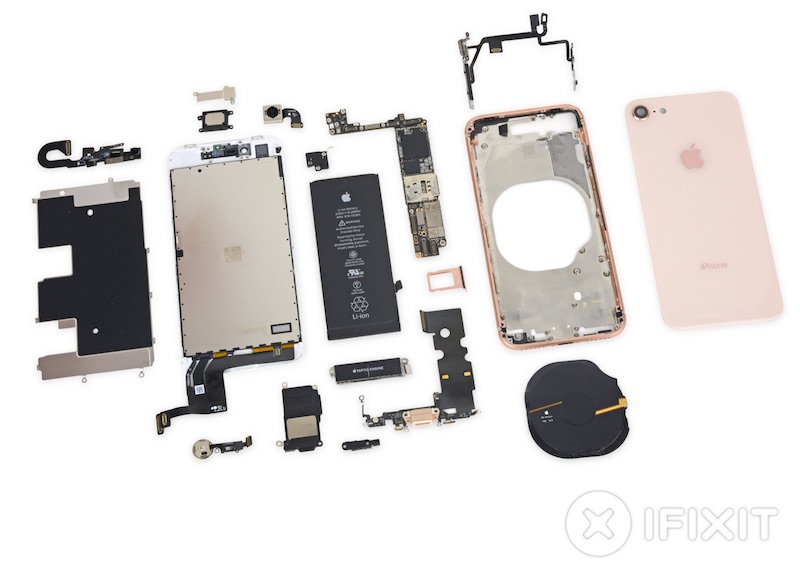Apple is continuing to expand manufacturing efforts related to the production of its own chips, according to a new report today by Nikkei, which stated that the company aims to “better compete” in the artificial intelligence field and reduce reliance on major suppliers like Intel and Qualcomm. Nikkei‘s sources said Apple’s interest lies in building “core processors for notebooks, modem chips for iPhones, and a chip that integrates touch, fingerprint and display driver functions.”
Apple has reportedly “invested in research and development” for baseband modem chips — currently sourced from Intel and Qualcomm — which are required for cellular communication features on Apple’s mobile devices. Analysts pointed towards Apple’s legal fight with Qualcomm, and its poaching of Qualcomm modem chip engineer Esin Terzioglu, as examples to bolster the theory that the Cupertino company is ready to build its own modem chips.

Building its own core processor chips for MacBooks would reduce Apple’s dependence on Intel, with two industry sources stating that Apple would instead build its notebook chips using ARM Holding’s technology, a British company that designs ARM architecture and licenses it out to other companies. Apple’s interest in designing chips that integrate touch, fingerprint and display driver functions is said to be because the company “wants to control next-generation display technology and some related key components.”
Multiple analysts provided theories behind Apple’s move to design more of its own chips for its products, which included staying on the forefront of artificial intelligence, lowering production costs, better protecting proprietary technology, and more.
“By designing its own chips, Apple can better differentiate itself from others. Further, depending too much on other chip suppliers in the age of artificial intelligence will deter its development,” said Mark Li, a Hong Kong-based analyst with Sanford C. Bernstein.
“We believe that more system houses will design their own chips. The purposes are to develop and protect their proprietary technology information, to make more efficient chips for their unique need, to lower [costs] and to do inventory control better and keep all logistic operation confidentially,” Samuel Wang, a U.S.-based analyst at research company Gartner, said..
Apple has long designed and built the core processing chips found in iPhones and iPads, but this year reports began to emerge of the company’s hope to expand the amount of internal iOS device components that it creates on its own. In April, Apple informed Imagination Technology that it would stop using its graphics technology over the next two years, aiming to make its own graphics processing chips and lessen its reliance on the supplier. Less official was a prediction by analyst Karsten Iltgen that Apple would drop Dialog Semiconductor from its supply chain and move to its own in-house power management chips for iPhones by 2019.
This week, Apple was part of a consortium that purchased Toshiba’s much-sought-after NAND memory chip unit for $17.7 billion, another move that will eventually allow Apple to be less reliant on other suppliers for device components. Still, many of Apple’s in-house chip production lines are many years off, with analyst Mark Li stating that it’s “unlikely” Apple will be able to debut its own components — specifically referring to the modem chips — within the next two years.





